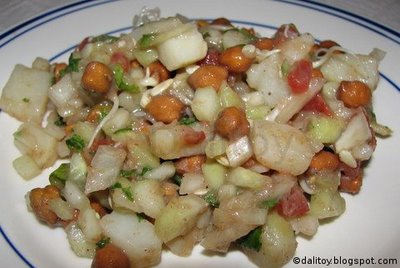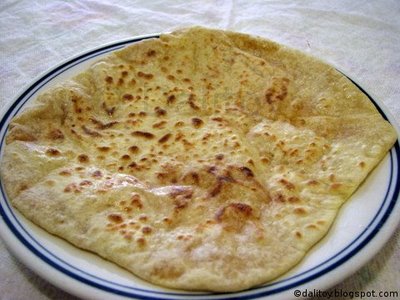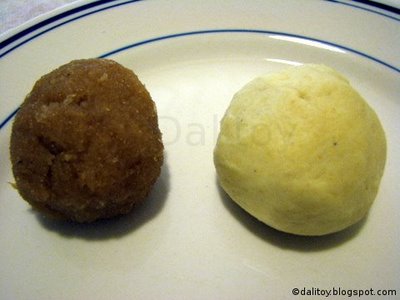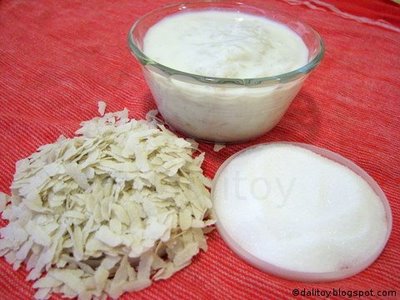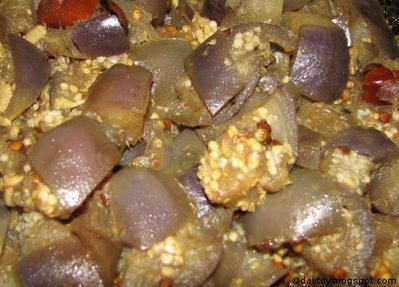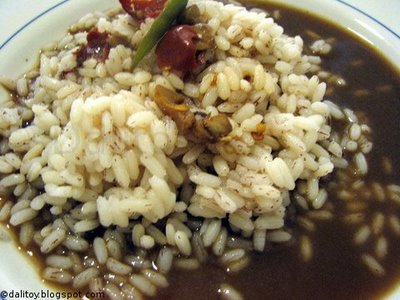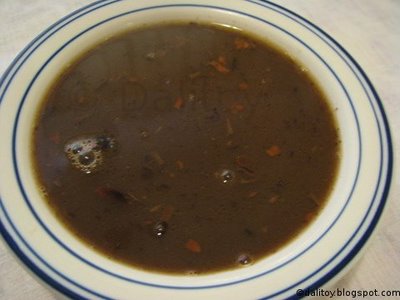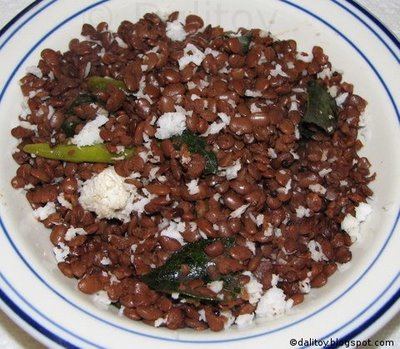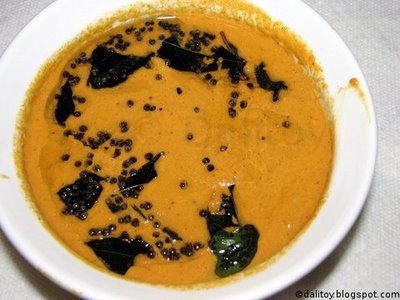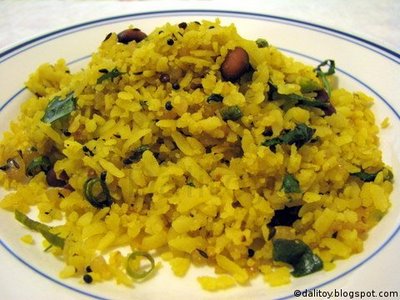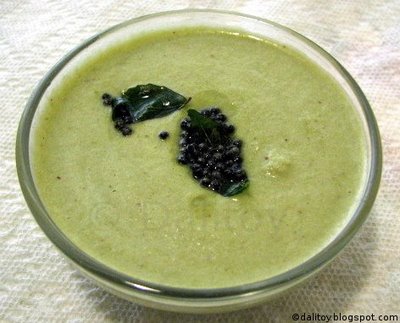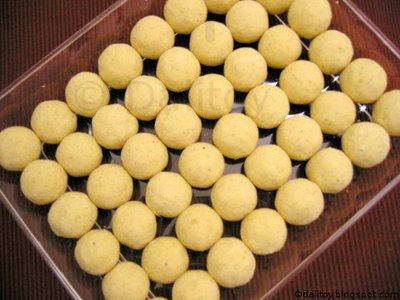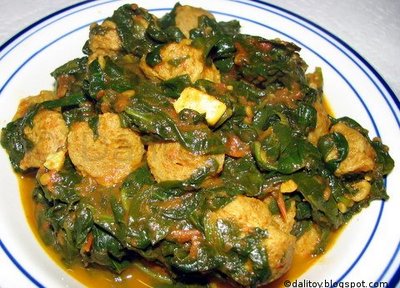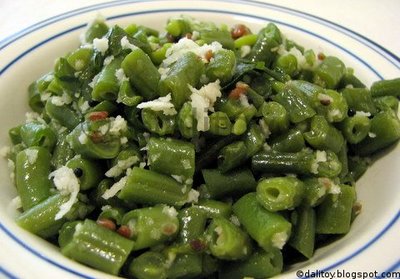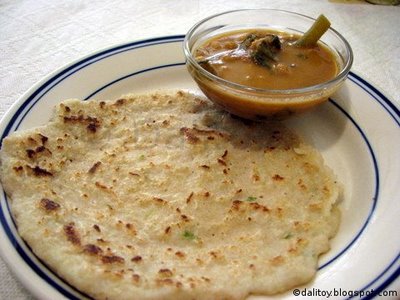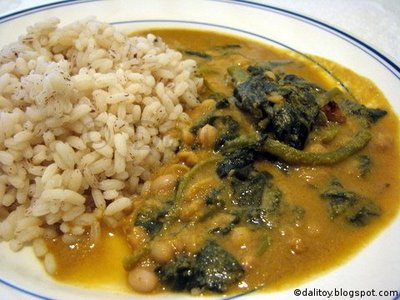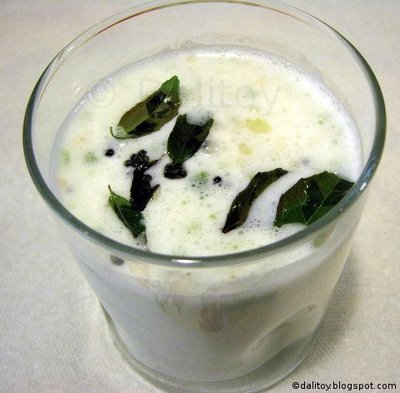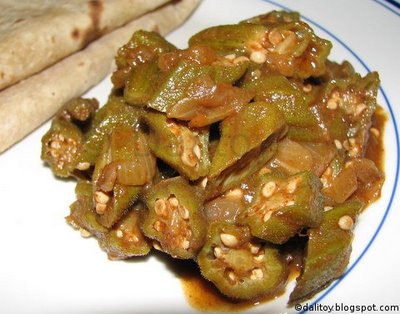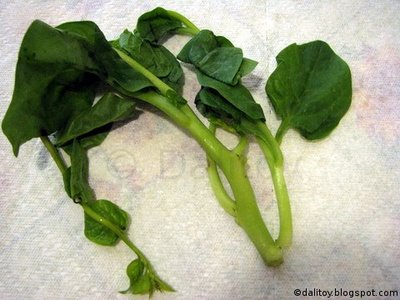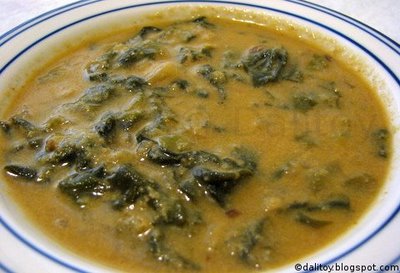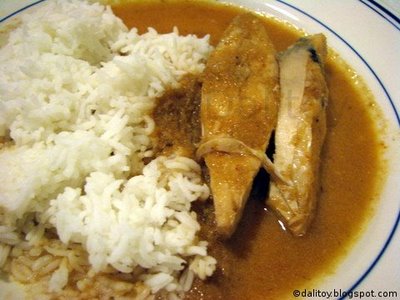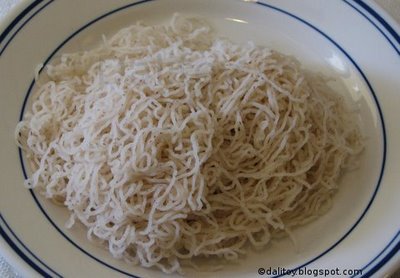 Konkani Style homemade rice noodles
Konkani Style homemade rice noodlesShevei is rice noodles made from the scratch at home. Authentic konkani way of making sevei is a time taking task. But once you have tasted the shevei you will know its worth all the efforts.
To make shevei or fresh rice noodles you will need the following equipments
A grinder or mixer grinder or a heavy duty blender to grind the batter
shevei dante or A shevei maker- This is a special equipment designed to press noodles, available in the Mangalore area. The main part is the ricer to press the rice balls into noodles, that looks almost like the chakkuli/chakli maker. The shevei maker has a sturdy stand with 3 legs that keeps the ricer elevated at a height to ease the process of collecting the noodles. It also has handle sturdy handle on the top that helps in the uniformly squeeze action.
 Traditional Shevei maker
Traditional Shevei makerDo not worry if you do not have a shevei maker. Use you chakkuli/ricer maker to press the noodles.
Shevei can be made of white rice or the parboiled rice, i.e. the kerala rosematta rice.
2 cups white rice and 1 cup shredded coconut or
2 cups parboiled/rosematta rice only
Soak rice in plenty of water for 9 hrs. Grind the rice and coconut into a paste. The rice should be of the consistency of the rava. Add salt.
Heat a kadai, pour 1/2 tsp oil in it and rub the whole surface of the kadai with oil. Pour the rice paste and cook on a medium flame. Keep mixing the paste till it turns in to a thick lump. see the picture. This process is called
aLache in Konkani.
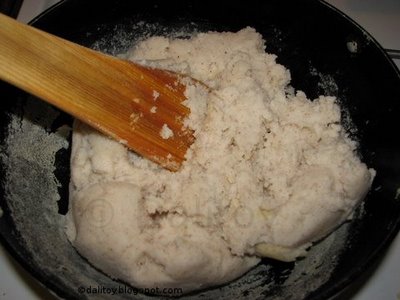 Rice paste made into a lump
Rice paste made into a lumpLet it cool for 5 minutes. While the paste is still hot, take a tablespoon of the batter and make small balls. Steam the balls for about 10 mins.
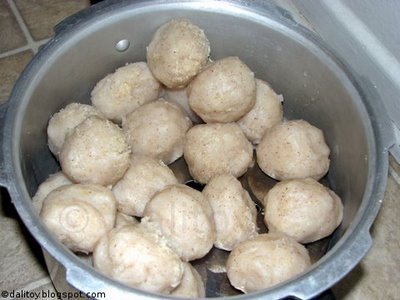 Steamed rice balls before pressing into noodles
Steamed rice balls before pressing into noodlesPut 2 rice balls at a time in the shevei maker and press the noodles. The noodles needs to be completely cool down before they hold their shape. Spread the noodles on a damp clean cloth. You can cover the noodles with a damp cloth and spread another layer about it.
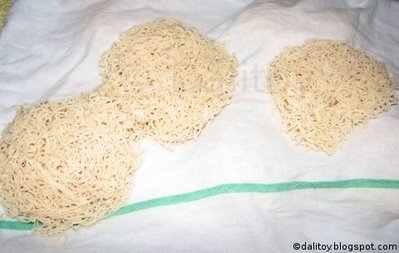 Shevei piled between layers of damp cloth
Shevei piled between layers of damp clothThere are 3 well known ways to eat Shevei and I love all the 3 ways. I usually eat it in 3 courses, once with each of the following methods
Serve with
Sambar.
Sweet Coconut milk often is paired up with Shevei for sweet tooth. Make a thick coconut milk from a fresh coconut. Add jaggery to it. You may also add some cardamom powder. If you are planning to use canned coconut milk, do not bother. Canned coconut milk has a coconut oil taste to it, which is nowhere close to the fresh coconut milk.
I also like to drizzle a spoonful of fresh coconut oil and mango pickle on the shevei.
